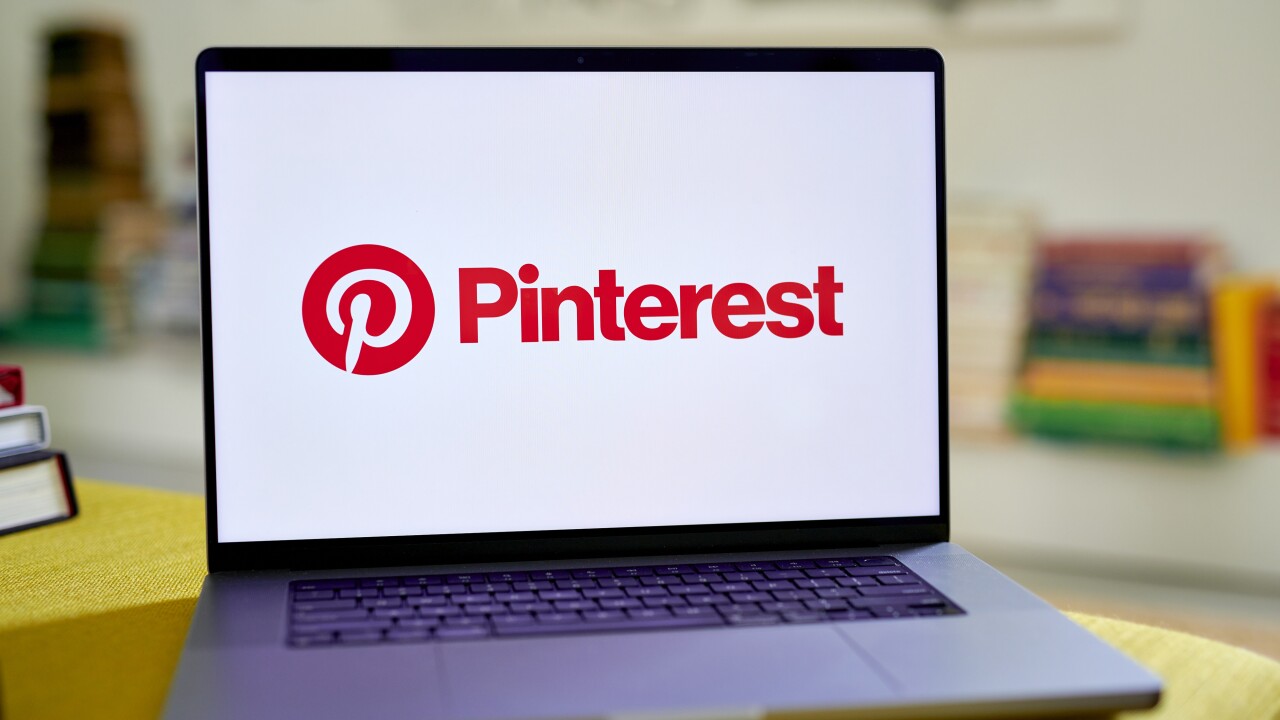Employee burnout has been a concern since before the pandemic. Yet nearly four years since the start of COVID, employees are still struggling — and employers
According to a recent Fiverr report, 85% of business leaders acknowledge the
"The conversation around burnout has evolved," says Edward Beltran, CEO of leadership development and training company Fierce. "Now it's considered a top C-suite level initiative for many companies and they'll have some type of wellness, resilience and mental health benefit. But they look at these initiatives as if they're required by the workforce — they see it and they recognize it, but they can't tie it to business results so it gets pushed down to HR just to check the box."
Read more:
Sixty-two percent of employers currently offer an EAP to
"There's this discrepancy in perception between what the employers believe they're providing and what employees believe they're receiving," Beltran says. "Employees are out there experiencing the world and they're not connecting to resources. They're not ingrained in the culture and they're not making it palatable for employees."
As a result, HR managers themselves
Read more:
"There's training and skill sets that you can give people that help them address these issues," he says. "There are tangible interactions between colleagues, [rather than] relying on benefits that tackle exercise, or a better diet, or sleep. Those help manage stress, but they don't get down to the issues or what's happening in their day-to-day."
In order to build a
"Employers need to recognize that this is a real cost to the business," Beltran says. "We're seeing a shift away from managing burnout not because wellness benefits are too expensive or because it can't work, but because their current strategies are not scaling as they are."






